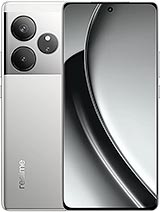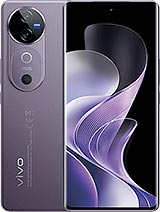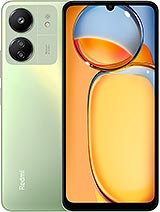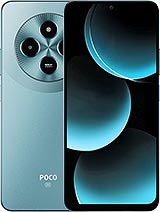Nothing Phone (2) alternatives
Tap above to see alternatives.
Poco M7 alternatives
Tap above to see alternatives.
Nothing Phone (2)

Nothing Phone (2)
-
Snapdragon 8+ Gen 1
4 nm
-
4700 mAh
45W
-
6.7"
1080x2412 pixels
-
50 MP
4K@30/60fps
- Specs
1x3.0 GHz Cortex-X2
3x2.5 GHz Cortex-A710
4x1.80 GHz Cortex-A510
2x2.2 GHz Cortex-A78
6x1.95 GHz Cortex-A55
12GB 256GB (UFS 3.1)
12GB 512GB (UFS 3.1)
8GB 128GB (UFS 2.2)
f/1.9, 24mm (wide), 1/1.56", 1.0µm, PDAF, OIS
50 MP
f/2.2, 114˚ (ultrawide), 1/2.76", 0.64µm, AF
f/1.8, (wide), 1/2.96", PDAF
1080p@30/60fps
f/2.5, (wide), 1/2.74", 0.8µm
f/2.0, (wide)
SIM1: Nano, SIM2: Nano
SIM1: Nano, SIM2: Nano
19 5G bands
n1, n2, n3, n5, n7, n8, n12, n20, n25, n28, n30, n38, n40, n41, n66, n71, n75, n77, n78
16 5G bands
n1, n2, n3, n5, n7, n8, n20, n26, n28, n38, n40, n41, n48, n66, n77, n78
In this performance comparison, the Nothing Phone (2) with its Qualcomm Snapdragon 8+ Gen 1 (4nm) performs better than the Poco M7 with the Qualcomm Snapdragon 4 Gen 2 (4nm), thanks to superior chipset efficiency.
Nothing Phone (2) offers 3 years of OS updates, whereas Poco M7 provides 2 years. Both phones receive the same 4 years of security updates.
Nothing Phone (2) features a superior AMOLED display, while Poco M7 comes with an LCD panel. Both smartphones offer the same 120 Hz refresh rate. Nothing Phone (2) also boasts a brighter screen with 1600 nits of peak brightness, enhancing outdoor visibility. Notably, Nothing Phone (2) offers a higher screen resolution, resulting in sharper visuals and more detailed content.
Poco M7 features a larger 5160 mAh battery, potentially delivering better battery life. Nothing Phone (2) also supports faster wired charging at 45W, compared to 18W on Poco M7. Nothing Phone (2) supports wireless charging at 15W, while Poco M7 does not support wireless charging.
Nothing Phone (2) offers better protection against water and dust with an IP54 rating.
¹ Scores can vary even with the same chipset due to RAM, thermals, and software optimization.











